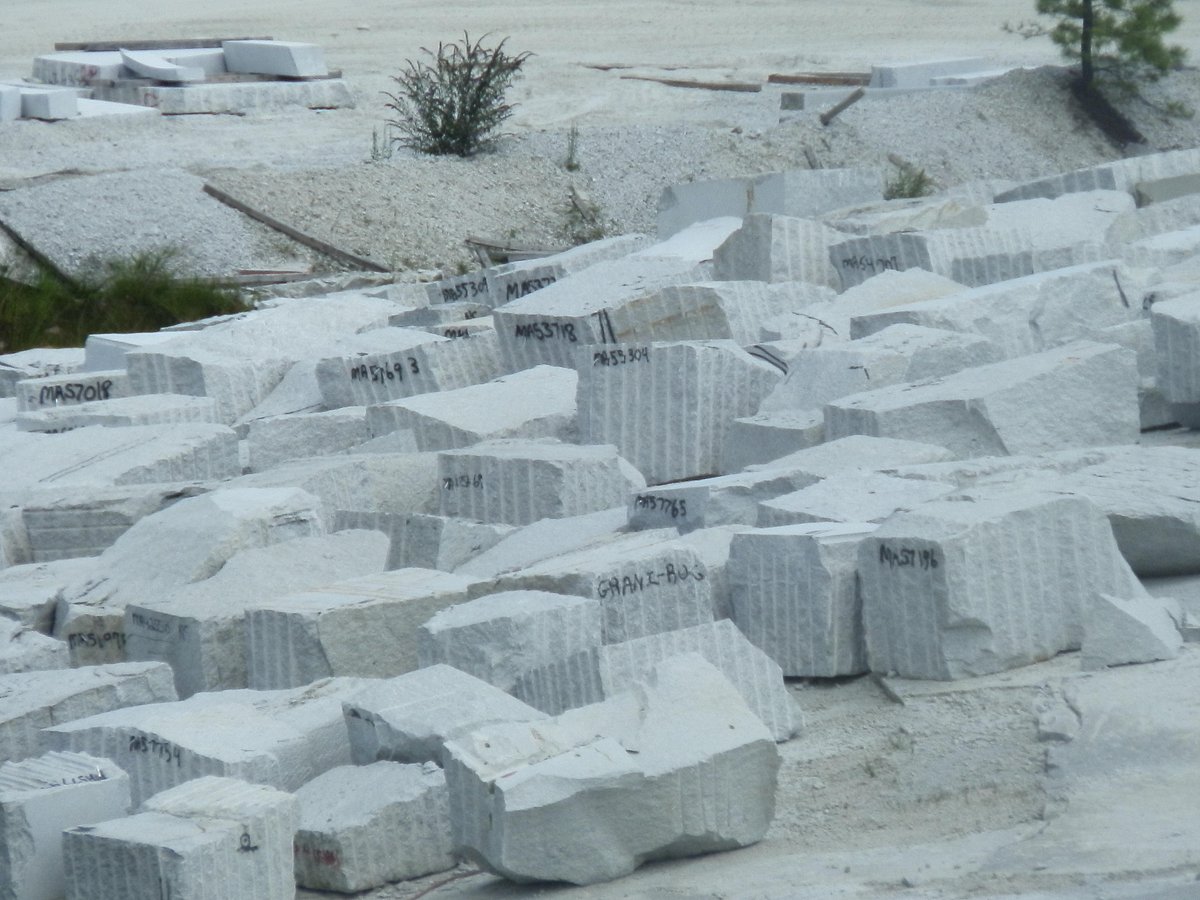Revealing the Mysteries of Granite Quarrying: Where Strength and Beauty Meet
The world of granite quarrying is a realm where the raw toughness of nature assembles with human virtuosity to produce structures that stand the test of time with an air of sophistication. From the midsts of quarries to the precise polishing in workshops, the procedure of changing granite right into building marvels is a complex dance of practice and innovation. As we peer right into the depths of this ancient craft, we start to reveal the concealed intricacies that form the really essence of our developed atmosphere.
The Origins of Granite Quarrying
In the record of building background, the beginnings of granite quarrying are shrouded in a tapestry of old craftsmanship and geological wonders. Going back to ancient Egypt and Mesopotamia, the extraction of granite from quarries noted the start of a journey that would ultimately result in the production of a few of the world's most legendary structures.
Granite quarrying's roots can be traced to the knowledgeable artisans that identified the stone's sturdiness and visual allure. With a mix of primitive devices and large resolution, these very early quarry employees discovered granite blocks that would become the foundation of human beings.
As human beings developed, so did the methods of quarrying granite. The Romans, renowned for their design expertise, created advanced approaches for drawing out granite to build monuments, holy places, and roads that stood the examination of time.
The tradition of these ancient quarrying practices remains to shape modern architecture, with granite staying an icon of strength and sophistication in building and construction projects around the world. (granite quarries in south africa)
Tools of the Quarrying Profession
The development of granite quarrying methods from ancient human beings to contemporary times highlights the crucial duty played by the tools of the quarrying trade in shaping the market's methods. In ancient times, quarrying devices were rudimentary, usually containing knives, hammers, and wedges made from materials like bronze or iron. These tools called for substantial workforce and time to remove granite blocks from quarries.

Furthermore, the introduction of pneumatically-driven devices and high-powered equipment has significantly reduced the physical labor called for in quarrying operations, boosting employee safety and security and performance. As the quarrying sector remains to innovate, the devices of the profession remain at the forefront of driving progression and forming the future of granite extraction.
Drawing Out Blocks of Granite
Making use of accuracy machinery and advanced methods, the removal of granite obstructs from quarries has actually become an advanced process in the modern-day quarrying industry. The first step involves recognizing the area and size of the granite deposit to establish the most effective extraction approach. When an ideal site directory is selected, the extraction procedure starts with the exploration of openings for the placement of explosives. Managed blowing up techniques are after that used to disintegrate the granite into workable areas.

Polishing and Finishing Methods
To accomplish a perfect surface area on granite blocks, competent craftsmens use a series of precise sprucing up and ending up strategies. After the initial extraction and forming processes, the granite obstructs go through a comprehensive polishing phase to enhance their natural elegance and resilience. One typical method used in polishing granite is ruby abrasion, where commercial rubies are utilized to grind and brighten the rock to a smooth surface. This procedure not only produces a lustrous surface however also makes sure harmony in color and texture across the granite block.
In addition to polishing, ending up strategies are applied to further improve the granite's appearance. These strategies might consist of flaming, refining, or brushing, each offering one-of-a-kind structures and coatings to fit different visual preferences. Flaming, as an example, entails revealing the granite surface to heats to create a rough, distinctive finish, perfect for outdoor applications where slip-resistance is necessary. Sharpening, on the other read here hand, provides a matte surface that is smooth to the touch, excellent for indoor kitchen counters and flooring. By carefully selecting and applying these polishing and completing techniques, artisans can transform raw granite obstructs right into splendid items that display both toughness and style.

Environmental Effect and Sustainability
With the expanding emphasis on environmental awareness in the industry, granite quarrying techniques are significantly scrutinized for their effect on natural deposits and lasting sustainability. Quarrying for granite can have considerable environmental ramifications. The extraction procedure commonly entails using heavy machinery, dynamites, and go to website big quantities of water, leading to habitat destruction, soil disintegration, and water contamination. Furthermore, the transport of granite from quarries to processing facilities produces carbon exhausts, better contributing to ecological degradation. granite quarries in south africa.
To alleviate these influences and ensure sustainability in granite quarrying, industry stakeholders are adopting various measures. Executing advanced technologies to reduce energy usage and water use, redeeming quarried land for environmental remediation, and promoting liable sourcing methods are some techniques being employed. Additionally, certifications such as the Forest Stewardship Council (FSC) and the Leadership in Power and Environmental Style (LEED) help consumers determine ecologically pleasant granite items.
Conclusion
To conclude, granite quarrying is a process that requires specialized tools and methods to extract blocks of granite and brighten them to a high degree of finish. While the ecological impact of quarrying can be significant, initiatives are being made to improve sustainability practices in the market. In general, granite quarrying is a fragile equilibrium in between utilizing the strength and beauty of this natural rock while reducing its effect on the atmosphere.